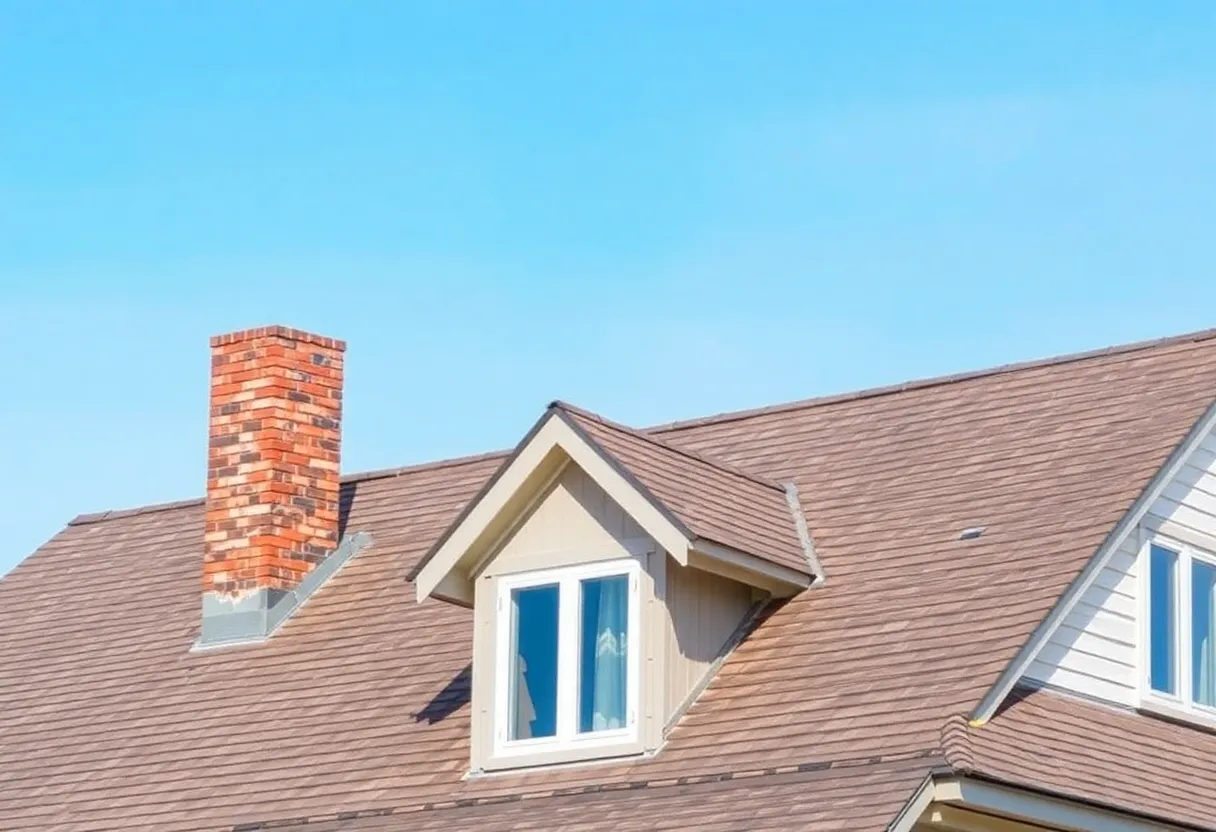

How to Choose the Right Roof Pitch for Your Climate: Essential Tips for Homeowners
Selecting the appropriate roof pitch is a crucial decision for homeowners. It can affect not only the property’s aesthetic appeal but also its functionality and durability. Understanding how roof pitch interacts with climate can help you make an informed choice. Below are essential tips and insights to guide your decision-making process.
Roof pitch refers to the steepness or slope of a roof, typically expressed as a ratio of vertical rise to horizontal run. For example, a pitch of 4:12 means the roof rises 4 inches for every 12 inches of horizontal distance. A roof’s pitch can significantly affect its performance against weather elements, structural integrity, and energy consumption.
The climate in which you reside plays a critical role in determining the suitable roof pitch for your home. Different climates present varying challenges that can be addressed with specific roof designs.
Areas with frequent rain or snow require roofs designed to ensure effective drainage. A steep roof pitch helps in achieving this.
In regions characterized by high temperatures and low rainfall, the ideal roof pitch differs. Here, flat or low-pitched roofs are more common.
Cold climates necessitate roofs that can efficiently manage snow loads and prevent ice dams.
Regions that are humid and prone to tropical storms require roofs that can withstand high wind speeds and heavy rain.
The choice of roofing material can also affect the optimal pitch for your roof. Different materials have varying capabilities in terms of pitch requirements.
Commonly used due to their affordability and ease of installation, asphalt shingles are effective on roofs with pitches ranging from 3:12 to 12:12.
Metal roofs can be installed on both steep and low pitches, making them versatile.
Clay or concrete tiles typically require a minimum pitch of 4:12 to ensure proper water drainage.
Flat roofs are commonly found in commercial buildings but are also used in residential settings.
Before finalizing your roof pitch, consult local building codes. Different regions may have specific requirements governing roof designs based on historical data and climate projections.
Ensure you adhere to local regulations, which may dictate minimum pitch requirements based on typical weather patterns.
Reviewing past weather events in your area can be beneficial. Understanding your region’s history of severe weather can influence your roof pitch choice.
The roof pitch can also impact your home’s energy efficiency. A well-chosen pitch can help regulate indoor temperatures and reduce energy bills.
In hot climates, a low-pitched roof can help manage heat gain, keeping the home cooler.
A steeper pitch may enhance airflow and ventilation, helping to regulate temperatures better in cold climates.
Consulting a roofing professional familiar with local climate conditions can provide invaluable insights. They can offer personalized recommendations on the best pitch for your home that adheres to safety, appearance, and budgetary considerations.
A qualified roofer will consider your home’s architecture, structural capacity, and local weather patterns before recommending a roof pitch.
Performing a thorough inspection of your existing roof can also reveal important details that may inform your choice concerning pitch adjustment.
Choosing the right roof pitch for your home is fundamentally important. The pitch affects drainage efficiency, energy consumption, and overall durability. By carefully considering your local climate, materials, building codes, and professional insights, you can make an informed decision that enhances your home’s performance and longevity.
In conclusion, investing time and effort into determining the most suitable roof pitch can yield long-term benefits for homeowners, ensuring their properties withstand the elements while remaining visually appealing.
News Summary The South Carolina High School Lacrosse playoffs are about to kick off, with…
News Summary Lexington faces a street closure on Cedar Street due to a damaged gas…
News Summary Krafty Draft, a popular neighborhood bar in Lexington, will close on May 3,…
News Summary A tragic vehicle accident in Lexington, SC, results in the death of 70-year-old…
News Summary Lexington County residents mourn the loss of community members following three tragic accidents…
News Summary Columbia, South Carolina, is on track for significant developments by 2027, including a…